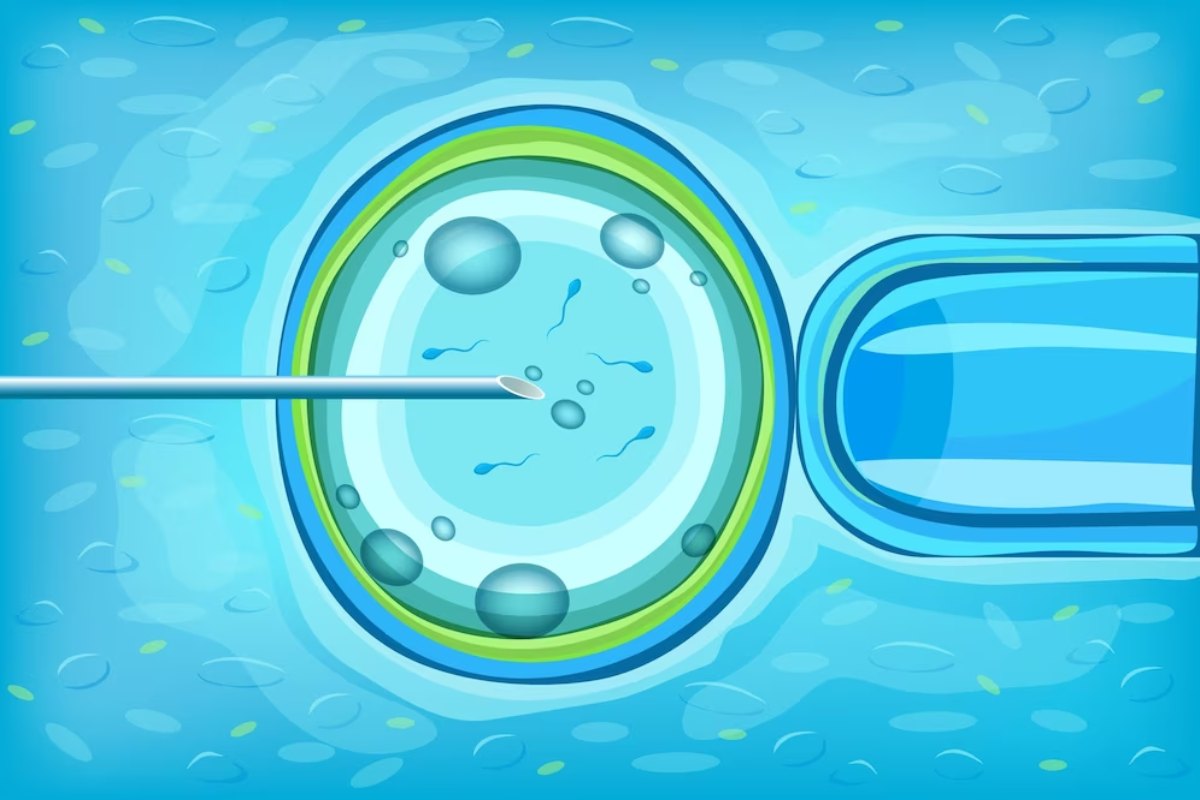Nothing is disheartening like the inability to conceive when you are ready to welcome your child. In vitro fertilization (IVF) will most likely appear on your list of common infertility treatments. IVF Bedford can help individuals struggling with infertility to have a baby, including women with endometriosis, older women with infertility problems, male infertility due to blockage or low sperm count, and women with blocked or damaged fallopian tubes. The basic idea behind that treatment is uniting the sperm and egg outside the body. However, so much more to the IVF procedure happens before and after this. Here is a step-to-step review of the process of in vitro fertilization.
Table of Contents
Egg Production Stimulation
A woman usually produces one egg during every menstrual cycle. However, in vitro fertilization needs multiple eggs to increase the probability of developing a viable embryo. During stimulation, your doctor will administer fertility drugs to you to increase the number of eggs your body produces. These drugs contain Follicle Stimulating hormones that stimulate your body to produce multiple eggs per month. You will then undergo regular ultrasounds and blood tests to examine the production of eggs so that your doctor knows when to retrieve them.
Egg Retrieval
Also known as follicular aspiration, this procedure involves collecting eggs under anesthesia. A few days before retrieving the eggs, you will get a hormone injection to trigger your eggs to mature quickly. The doctor uses an ultrasound wand to guide the needle via your vagina to the ovary and the egg containing Follicle. The needle draws the eggs and fluid from every Follicle. You might experience cramping, but this will go away in a couple of hours.
Insemination
In this step, the male partner will need to give a semen sample. You can also opt to use a sperm donor. Before the insemination, the sperms are placed in a high-speed wash and spin cycle to get the healthiest ones. The semen-containing sperms are mixed with the eggs in a petri dish for fertilization. This often takes a few hours. If the mix does not generate embryos, your doctor might use ICSI, where the sperm is injected into the egg directly. Once the embryos form, your doctor will monitor them carefully to check their progress in terms of division and development. The embryos can be tested for genetic conditions during this time.
Embryo Transfer
Once the embryos are sufficiently big in the external culture, usually three to five days after fertilization, they will be implanted in your uterus. The process involves inserting a catheter via your vagina and cervix into your uterus and is done when you are awake. The embryo is then released into the uterus. Pregnancy happens when the embryo implants on the uterine wall, which might take up to ten days. Undertaking a blood pregnancy test around twelve days after embryo transfer will determine whether you are pregnant. If you test positive for pregnancy, you will undertake additional blood tests and ultrasounds to check its viability and if there are multiple pregnancies.
Ultimately, deciding to undergo in vitro fertilization and what to do when the first attempt is unsuccessful is difficult. The emotional, physical and financial toll of the process can be hard. Consult your doctor to find the best treatment option for your infertility and if in-vitro fertilization is the best path for you.

